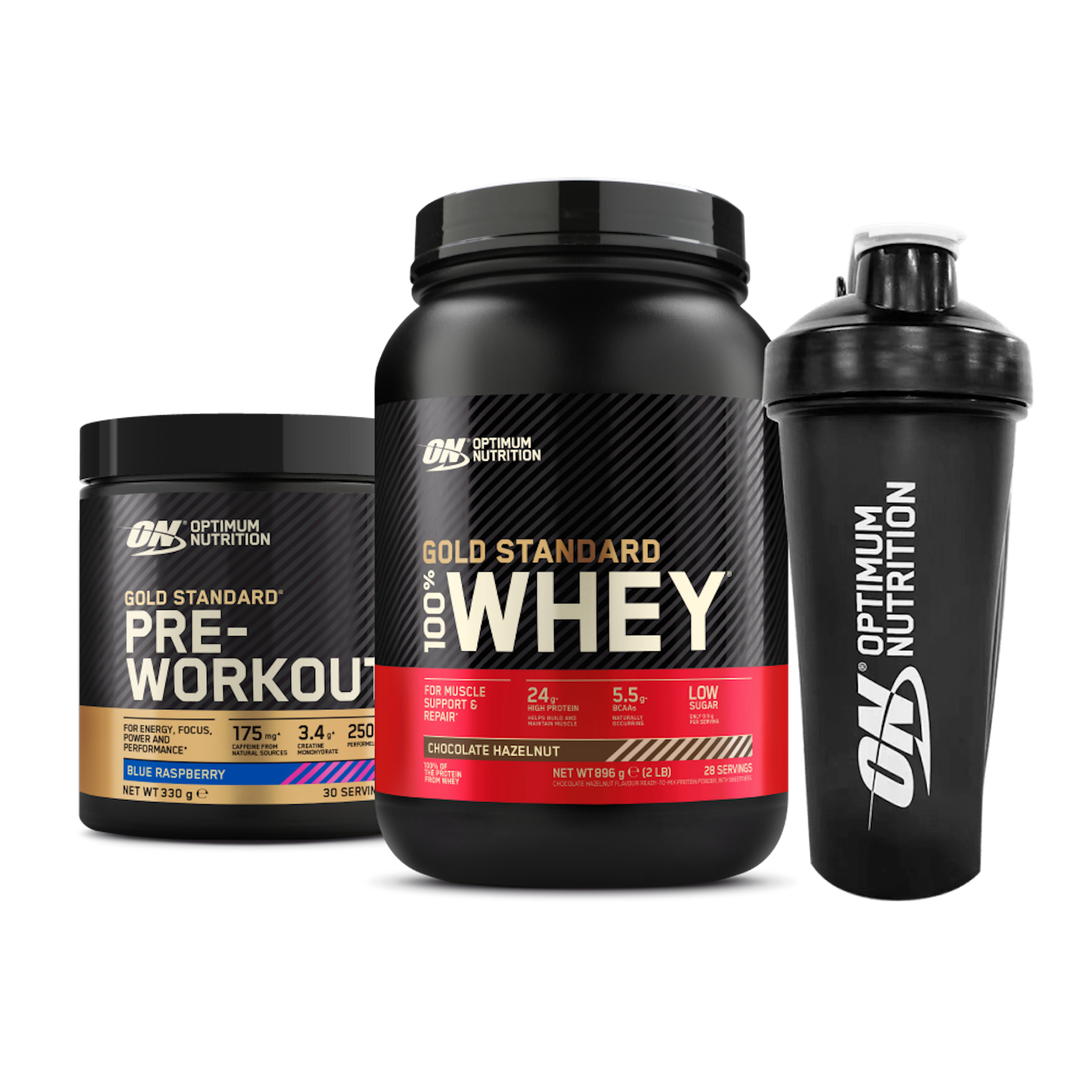A lot of the time, categorizing our bodies into different ‘shapes’ is pointless — phrases like pear, apple, and hourglass are often used on social media and in workout descriptions, but these labels don’t really mean anything. That said, when it comes to somatotypes — a set of generalized body types — there is value in working out how to exercise for your body type.
There are three different types of somatotypes, which describe the general shape of the human body — “endomorphs, ectomorphs, and mesomorphs”. While it’s not a universally accepted science, some experts say that considering where your body type typically stores fat and its natural shape can give you greater success when it comes to your exercise and weight loss goals. The somatotypes were developed by American psychologist William Sheldon in the 1940s.
To find out more, we spoke to Jess Evans, a FightCamp Trainer, and USA Boxing Coach certified. Read on to learn more about the different body types and the best diet and exercise advice for your body type.
Here’s everything you need to know about somatotypes and exercise:
Why do Somatotypes matter?

When it comes to the human body, a “one size fits all” approach to diet and exercise won’t work, and looking at somatotypes can help you understand that better. “When it comes to body types it’s easier for certain types to lose weight than others, and the same rule applies when it comes to putting on weight,” Jess Evans says. “Obviously, there are exceptions to the rule, but for the most part, this stands true. It’s important to know what body type you are so you are aware of what activity and nutrition you should and shouldn’t do to help reach your goals. But just like personality tests, this is to help you gain a better understanding of yourself, not box you in.”
Obviously, there are also limitations to somatotypes, however, as Evans explains, “Some people may be a hybrid of two different types rather than one, which is why it can be tricky to use it as a hard rule.”
What is an Endomorph?

The endomorph body type is described as having a higher body fat percentage. Endomorph body types are typically shorter and rounder, with a slower metabolism and less muscle mass.
Endomorph diet and exercise tips
When it comes to training as an endomorph, Evans recommends HIIT training — “When training endomorphs, the main focus should be on fat loss. Endomorphs typically have slower metabolisms, so consistent anaerobic and aerobic training routines will help them increase their metabolism. Workouts with short rest periods, like Tabata, and circuit training incorporating plyometrics for resistance work are some examples. Boxing and kickboxing workouts would be a great option since it is high cardio with shorter rest breaks. Since they can have slower metabolisms, being active during the day and avoiding living sedentary lifestyles can help overcome this.”
- Shop for Weight Loss supplements at eVitamins.com!
- Introducing 7-DAY CLEANSE by NU-TEK Nutrition®. This convenient yet potent cleanse features concentrated amounts of key herbs and botanicals! No bitter-tasting juices or bad-tasting powders
What is an Ectomorph?

The ectomorph body type is naturally lean, with a lankier, skinnier build, less body fat, and higher metabolism.
Ectomorph diet and exercise tips
When it comes to fuelling and exercising as an ectomorph, Evans recommends resistance and strength training — “Ectomorphs are on the opposite end of the spectrum. Unlike endomorphs, they can have a hard time putting on weight due to highly active metabolisms. If putting on size is a goal for an ectomorph, then hypertrophy and strength resistance training with longer rest breaks are recommended.” Take a look at the best resistance bands for home workouts, and the best adjustable dumbbells for weight lifting at home here.
Evans also recommends a higher calorie diet, as “Ectomorphs have a hard time keeping weight on, so if gaining weight is the goal in mind, then they want to keep a higher calorie diet with high protein and a healthy balance of carbs and fats.”
What is a Mesomorph?

A mesomorph has a naturally athletic build and will find it easy to build muscle and gain or lose weight, due to their efficient metabolism.
Mesomorph diet and exercise tips
“Mesomorphs have it a little bit easier than the rest,” Evans explains. “Most have an efficient functioning metabolism as well as a solid foundation of muscle to begin with, so when it comes to training mesomorphs, most of it will come down to their goals in mind. So truly, they could train in any way they see fit.”
Mesomorphs can also be more flexible with their diets; “Mesomorphs have a different foundation and a balanced metabolism so a lot of their nutritional advice would vary depending on their goals in mind and what they want to achieve.”
What are the downsides of focusing on somatotypes?
As we mentioned, there are drawbacks to focusing on the different body types outlined in this article. Evans makes it clear that “working out for your body type isn’t a hard rule” and that “people should work out according to their fitness goals, not necessarily their body types.”
“When you box yourself, you limit the possibility of what your body can do,” Evans explains. “It’s good to consider your body type when making diet and training decisions but not become constrained by it, since body types have the possibility to change over time. Exercise, diet, and healthy lifestyle habits can have a huge impact on changing a person’s body type.”

- A1Supplements.com – America’s Favorite Supplement Store.
- LivPür Energy boosts energy levels, focus, and alertness while keeping jitters at bay.
- Shop Hybrid Bikes at sixthreezero.com!






